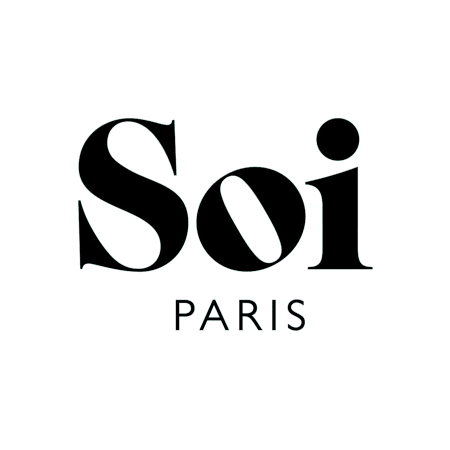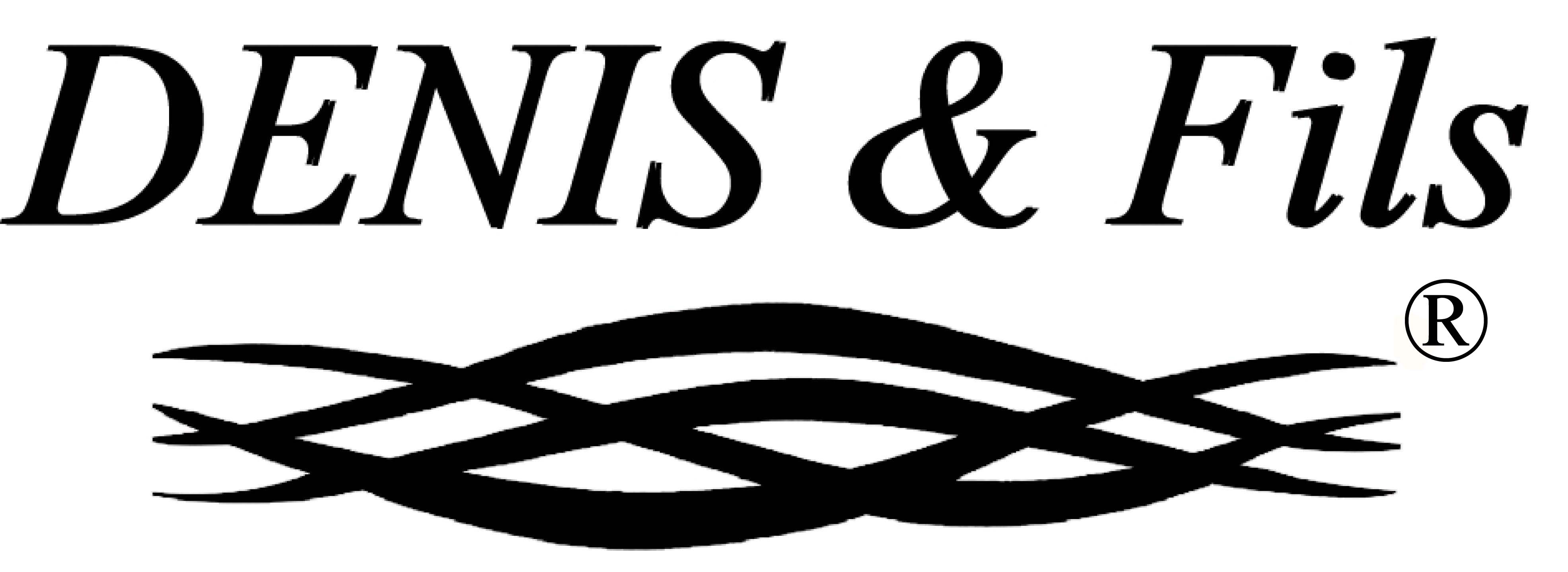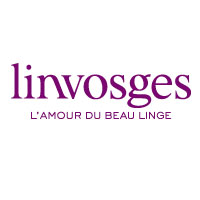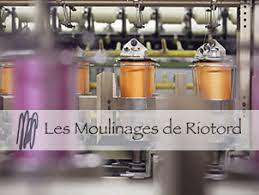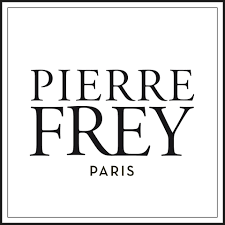Synthèse
The global silk market, while historically significant and having a rich heritage in regions like France's Rhône-Alpes and the Cévennes, has experienced a downturn with the onset of the Coronavirus crisis in 2020, particularly impacting luxury brands like Hermès with a -22.8% variation in their Silk and Textiles sector. Despite this setback, the market for silk and silk-based products remains anchored in luxury textiles, high-end household linen, and increasingly in the cosmetic, medical, and pharmaceutical sectors due to silk's biodegradable and biocompatible properties. Moreover, there is a strong demand for sustainable and responsible fashion that favors natural materials like silk, which is perceived to have a lower environmental impact.
While much of the silk manufacturing has shifted out of France, with centers of production in countries like China, India, and Brazil, French companies have been moving upmarket and investing in local manufacturing to meet these new consumer demands and improve their international competitiveness. Additionally, industry players are innovating with new technologies to create more environmentally friendly products, as seen with Chanel's investment in green chemistry for silk. Although exact post-2020 revenue figures are not provided in the text, trends indicate a shift toward sustainability and luxury positioning, with the French silk sector seeking to capitalize on its historic know-how and adapt to contemporary market demands.
Silk Demand Trends and Market Insights in France
In France, silk maintains its reputation as a fabric of luxury and exquisite quality, favored primarily by the high-end textile and fashion industry. Although silk accounts for a minor 0.2% of the global textile fiber market, it commands attention from premier luxury players, such as Hermes and Chanel, due to its outstanding properties of comfort, softness, and elegance. The demand for silk within France is notable, especially in sectors of household linens, high-end furnishings, and in emerging applications within the health and cosmetics industries. The market for silk and silk-based products in the country, despite not engaging extensively in sericulture, revolves around transformation processes like milling, weaving, and finishing to create often luxurious items, highlighted by the iconic Hermes square, which has become almost synonymous with the material.
In terms of numbers, the production value of silk fabrics (or waste) stood between 50 and 70 million euros, reflecting a significant, albeit fluctuating, economic activity over a period. France's contribution to European silk production holds a substantial stake of nearly 20%, positioning it as a key player next to giants like Italy. The prospects of the silk market seem bright, with forecasts predicting robust growth in the coming years, potentially reaching around 25 to 30 billion US dollars globally.
French luxury brands such as Chanel, with an annual turnover of around 8 to 12 billion euros, and Hermes, with figures nearing 7 billion euros, exhibit considerable demand for silk. These brands' investment in the silk supply chain, from Brazilian partnerships to localized manufacturing processes, mark a significant commitment to securing high-quality silk sources while also ensuring sustainable and innovative practices.
Beyond the luxury textile scope, the household linen segment shows promise, with brands such as Yves Delorme propelling the "made in France" image and leveraging the appeal of silk in their upscale product lines. The cosmetic industry, riding the wave of the silk's natural beneficial properties for skin and hair, presents a burgeoning demand for this versatile fiber.
The trends indicate a heightened sensitivity toward sustainable and responsible fashion, with natural materials like silk being favored over synthetic counterparts due to lower environmental impacts. The notion of local manufacturing also plays into consumer preferences, suggesting an opportunity for the development of a sustainable silk industry within France.
The market dynamics reflect a clear inclination towards products that amalgamate traditional elegance with contemporary ethical standards, creating a confluence where the demand for French silk products could continue to thrive, both domestically and in.
The Key Players in the Silk Industry: Masters of Elegance and Expertise
The silk industry boasts a mosaic of distinguished players, each contributing uniquely to the fabric of the market. These main actors, cited throughout the overview, are the epitome of luxury, tradition, and innovation, championing the fine balance between heritage and forward-thinking.
Luxury Brands
Among the titans of luxury, Chanel and Hermès stand tall. These brands are not only symbols of opulence and fashion; they also deeply invest in the silk industry. With stakes in sericulture, weaving, and finishing, they ensure the quality and artistry of their silk products remain unparalleled. Hermès, known for their iconic silk scarves, proudly curates every step of production, imparting a touch of artisanal excellence to each piece.
High-End Household Linen Brands
Brands like Fremaux-Delorme (Yves Delorme, Olivier Desforges) and Linvosges revitalize the realm of high-end household linen by weaving silk into their luxurious product lines, which adds a rich texture and comfort desired by discerning consumers worldwide.
Fabric Editors and Suppliers
- The fabric editor SOC Pierre Frey stands as a guardian of textile heritage, bringing new life to classic designs with a modern twist.
- They join the ranks of dedicated weavers such as Perrin Weaving and Etablissements Denis et Fils, who have honed the craft of silk weaving into an art form.
- At the core of the industry's transformation process, mills like The Millings of Riotord and finishing specialists like Hugotag Ennoblissement play crucial roles in perfecting the silk right before it graces the showrooms and wardrobes of the elite.
Innovative Start-Ups
The industry heralds the rise of start-ups like Sericyne, which stands on the cutting edge of silk technology. Bringing innovative techniques and sustainable practices to the table, Sericyne is redefining what silk can do, from luxury fashion to utilitarian medical applications.
Sustainers of Regional Expertise
Regions like Auvergne-Rhône-Alpes are not just geography; they are the heartland of silk's history. Here, companies such as Weavers Perrins and Sfate, alongside finishers like Proverbio, shoulder the responsibility of maintaining the centuries-old savoir-faire.
à la compréhension de ce marché
Détail du contenu
 Informations
Informations
- Nombre de pages : 30 pages
- Format : Version digitale et PDF
- Dernière mise à jour : 06/09/2021
 Sommaire et extraits
Sommaire et extraits
1 Market overview
1.1 Definition and scope of the study
The silk is a natural fibre of animal origin used for the manufacture of textile articles, which is said to have been discovered more than 2000 years before the present era. Silk comes from arthropods, including spiders and the caterpillars of some butterflies. The best silk is obtained from cocoons of the larvae of the silkworm Bombyx mori The process of rearing silkworms to obtain and produce silk is called sericulture
The main outlets for silk products are therefore the The textile industry but also that of the household linen and high-end furnishings . Applications in the health and cosmetics are also possible
However, silk only represents 0.2% of the world textile fibre market while it is in strong competition with cotton, wool or linen in the natural fibre category, but also with acrylic, polyester and polyamide in the chemical fibre category. It is nevertheless more expensive and more refined, and is therefore very much appreciated by luxury players such as Hermes and Chanel because it offers comfort, is extremely soft and adds elegance In 2019, the Hermès Group's Silk and Textile business had sales of €592 million
Silk production can be thought of in several stages: from the rearing of silkworms, to the preparation of cocoons, spinning, milling, weaving and finishing. Traditionally, silk production in France is carried out in the Rhône-Alpes-Auvergne region, with a particular focus on the Lyon area Hermes has internalized a from milling to finishing (notably for its famous silk scarves or squares), alongside other actors such as Perrins Weaving or Denis that perpetuate a historic know-how . However, sericulture has almost disappeared in France and silk yarns are mainly imported from the world's largest producers, namely China, India, Brazil.
 Liste des graphiques
Liste des graphiques
- Taille du marché mondial de la soie
- Evolution de la valeur de la production de tissus en soie ou déchets de soie
- Chiffre d'affaires de l'activité "Soie et Textiles" du groupe Hermès
- Évolution de l'indice de chiffre d'affaires des entreprises de linge de maison
- Lequel de ces matériaux a le pire impact sur l'environnement ?
Toutes nos études sont disponible en ligne et en PDF
Nous vous proposons de consulter un exemple de notre travail d'étude sur un autre marché !
Dernières actualités
Entreprises citées dans cette étude
Cette étude contient un panorama complet des entreprises du marché avec les derniers chiffres et actualités de chaque entreprise :
 Choisir cette étude c'est :
Choisir cette étude c'est :
Accéder à plus de 35 heures de travail
Nos études sont le résultat de plus de 35 heures de recherches et d'analyses. Utiliser nos études vous permet de consacrer plus de temps et de valeur ajoutée à vos projets.
Profiter de 6 années d'expérience et de plus de 1500 études sectorielles déjà produites
Notre expertise nous permet de produire des études complètes dans tous les secteurs, y compris des marchés de niche ou naissants.
Notre savoir-faire et notre méthodologie nous permet de produire des études avec un rapport qualité-prix unique
Accéder à plusieurs milliers d'articles et données payantes
Businesscoot a accès à l'ensemble de la presse économique payante ainsi qu'à des bases de données exclusives pour réaliser ses études de marché (+ 30 000 articles et sources privées).
Afin d'enrichir nos études, nos analystes utilisent également des indicateurs web (semrush, trends…) pour identifier les tendances sur un marché et les stratégies des entreprises. (Consulter nos sources payantes)
Un accompagnement garanti après votre achat
Une équipe dédiée au service après-vente, pour vous garantir un niveau de satisfaction élevé. (+33) 9 70 46 55 00
Un format digital pensé pour nos utilisateurs
Vous accédez à un PDF mais aussi à une version digitale pensée pour nos clients. Cette version vous permet d’accéder aux sources, aux données au format Excel et aux graphiques. Le contenu de l'étude peut ainsi être facilement récupéré et adapté pour vos supports.
 Nos offres :
Nos offres :
the silk market | France
- Quels sont les chiffres sur la taille et la croissance du marché ?
- Quels leviers tirent la croissance du marché et leur évolution ?
- Quel est le positionnement des entreprises sur la chaine de valeur ?
- Comment se différencient les entreprises du marché ?
- Données issues de plusieurs dizaines de bases de données
Pack 5 études (-15%) France
- 5 études au prix de 75,6€HT par étude à choisir parmi nos 800 titres sur le catalogue France pendant 12 mois
- Conservez -15% sur les études supplémentaires achetées
- Choisissez le remboursement des crédits non consommés au terme des 12 mois (durée du pack)
Consultez les conditions du pack et de remboursement des crédits non consommés.
- 01/03/2024 - Mise à jour des données financières de l'entreprise Chanel
- 04/11/2023 - Mise à jour des données financières de l'entreprise Chanel
- 28/07/2023 - Mise à jour des données financières de l'entreprise Chanel
- 06/07/2023 - Ajout des informations de l'entreprise Tissage Moutet
- 06/07/2023 - Ajout des informations de l'entreprise Prelle
- 06/07/2023 - Ajout des informations de l'entreprise Nina Ricci
- 06/07/2023 - Ajout des informations de l'entreprise Maison Montagut - Le Chatelard
- 06/07/2023 - Ajout des informations de l'entreprise Léonard Paris
- 06/07/2023 - Ajout des informations de l'entreprise Christian lacroix
- 19/04/2023 - Ajout des informations de l'entreprise Pierre Frey
- 16/04/2023 - Mise à jour des données financières de l'entreprise Chanel
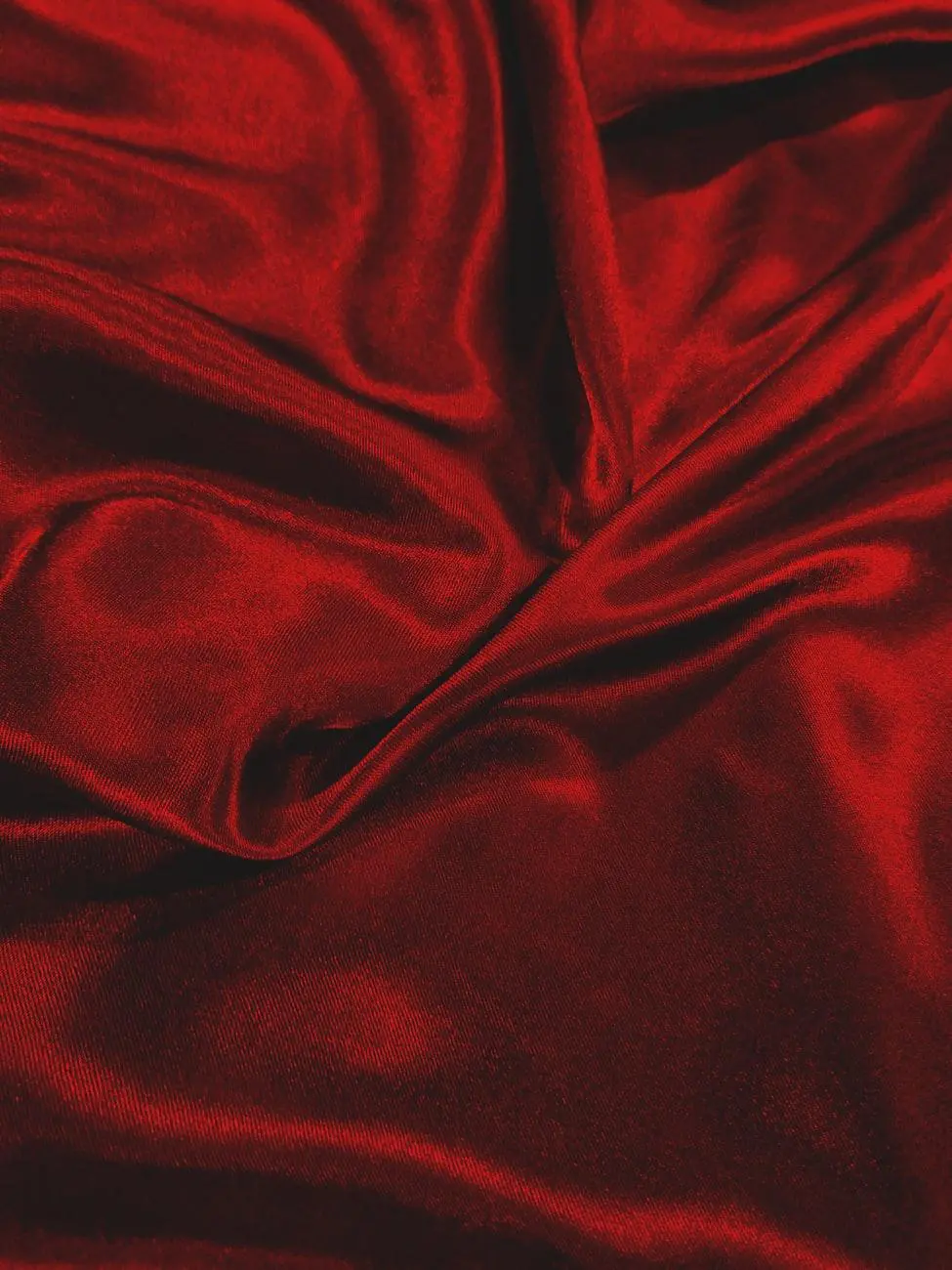




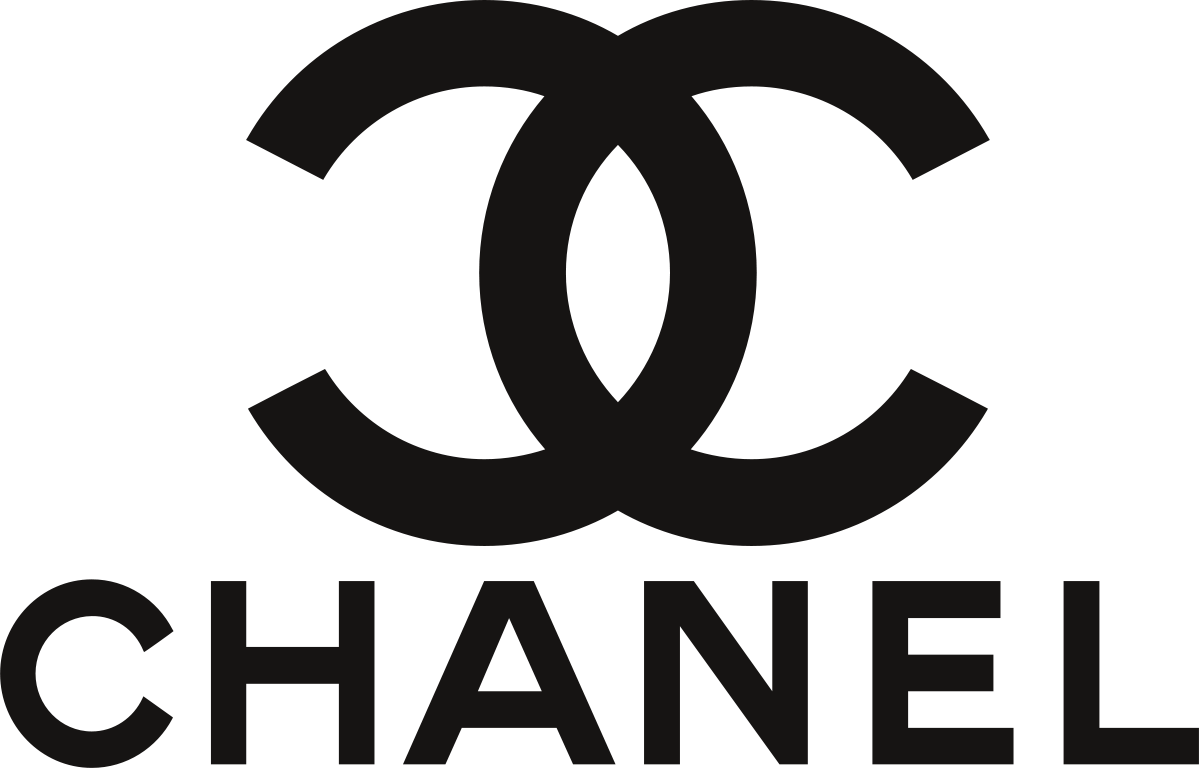 Chanel investe ancora in Italia: nuova giunteria per Gensi Group - 29/02/2024
Chanel investe ancora in Italia: nuova giunteria per Gensi Group - 29/02/2024
 Comment le groupe Fremaux Delorme espère relancer Maison de la Literie - 27/02/2024
Comment le groupe Fremaux Delorme espère relancer Maison de la Literie - 27/02/2024
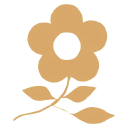 Prêt-à-porter : Montagut poursuit son maillage international tional - 20/06/2023
Prêt-à-porter : Montagut poursuit son maillage international tional - 20/06/2023
 Textile : Hugotag veut augmenter ses capacités de production - 16/03/2023
Textile : Hugotag veut augmenter ses capacités de production - 16/03/2023



